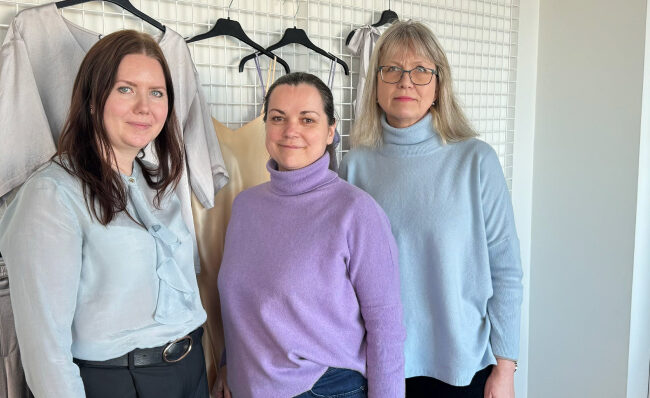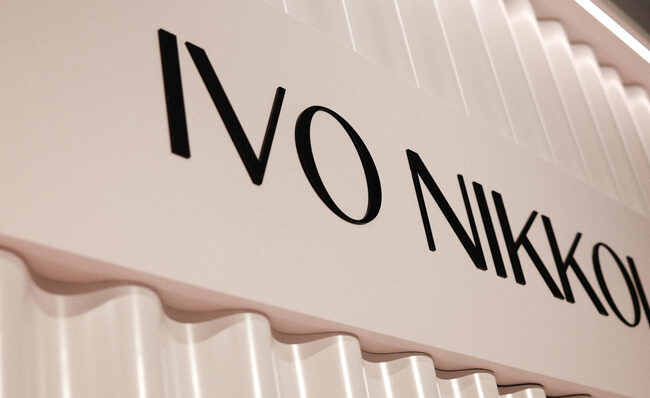
How We Use AI at Baltika?
At Baltika, AI is a tool that supports creativity, improves efficiency, and helps us make smarter decisions, without losing the human touch behind everything we do. We use AI in three main areas: copywriting, visual creation, and stock management.
Text creation across teams
From internal communication to public-facing content, several teams at Baltika have integrated AI into their writing processes. Our Copywriter uses AI to spark ideas and generate first drafts for newsletters, campaigns, and LinkedIn posts, which are then tweaked and refined to match our brand voice. The Training Administrator turns to AI for translating training materials more efficiently and accurately. At the management level, we use it to shape formal documents and internal and external messaging with greater clarity and speed. The texts are often outlined with AI’s help, using bullet points to define tone and objectives, then edited into final form. It’s not about cutting corners but starting faster and thinking clearer.
Visuals that support creativity, not replace it
Our graphic designer uses AI primarily for inspiration — finding new visual directions, mood references, or refining messaging. But it also helps with technical tasks like removing backgrounds, adjusting compositions, or quickly testing different design elements in Photoshop. It doesn’t replace creativity or the designer’s personal style, but it does make the process faster and smoother.
Smarter stock decisions with Getron AI
Our collections are intentionally limited, and quantities are small. That’s why stock optimization is crucial. With the help of Getron, an AI-based stock management tool, we analyse sales and inventory data across all stores and make data-driven decisions about what to send, where, and when.
This means fewer missed opportunities, better product availability, and ultimately a better experience for our customers. Getron also highlights the kind of details a human might miss—whether it’s identifying underperforming items or recognizing patterns that inform our merchandising. Yes, there have been learning curves (like teaching it that a suit is made of two matching parts), but the long-term benefits are clear.






